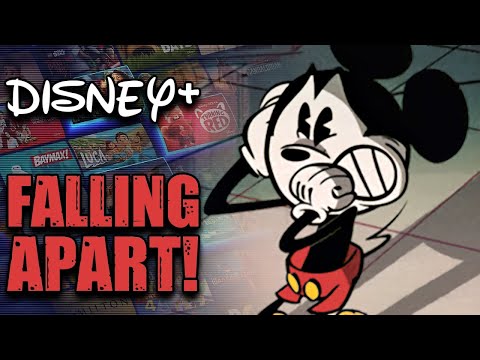Originally Posted at La Reina Creole’s Youtube Channel/
Escobar: Russia–Iran–China – All For One, And One For All?
Escobar: Russia–Iran–China – All For One, And One For All?
Authored by Pepe Escobar via The Cradle,
Russia and Iran are at the forefront of the multi-layered Eurasia integration process – the most crucial geopolitical development of the young 21st century.
Both are top members of BRICS+ and the Shanghai Cooperation Organization (SCO). Both are seriously implicated as Global Majority leaders to build a multi-nodal, multipolar world. And both have signed, in late January in Moscow, a detailed, comprehensive strategic partnership.
The second administration of US President Donald Trump, starting with the “maximum pressure” antics employed by the bombastic Circus Ringmaster himself, seems to ignore these imperatives.
It was up to the Russian Foreign Ministry to re-introduce rationality in what was fast becoming an out of control shouting match: essentially Moscow, alongside its partner Tehran, simply will not accept outside threats of bombing Iran’s nuclear and energy infrastructure, while insisting on the search for viable negotiated solutions for the Islamic Republic’s nuclear program.
And then, just like lightning, the Washington narrative changed. US Special Envoy for Middle East Affairs, Steven Witkoff – not exactly a Metternich, and previously a “maximum pressure” hardliner – started talking about the need for “confidence-building” and even “resolving disagreements,” implying Washington began “seriously considering,” according to the proverbial “officials,” indirect nuclear talks.
These implications turned to reality on Monday afternoon when Trump allegedly blindsided the visiting Israeli Prime Minister Benjamin Netanyahu with the announcement of a “very big meeting” with Iranian officials in the next few days. Tehran later confirmed the news, with Iran’s Foreign Minister Abbas Araghchi saying he would engage in indirect nuclear negotiations with Witkoff in Oman on Saturday.
It’s as if Trump had at least listened to the arguments exposed by the Islamic Republic’s Supreme Leader Ayatollah Ali Khamenei. But then again, he can change his mind in a Trump New York minute.
The finer points of the Russia–Iran–China axis
Essential background to decipher the “Will Russia help Iran” conundrum can be found in these all-too-diplomatic exchanges at the Valdai Club in Moscow.
The key points were made by Alexander Maryasov, Russia’s ambassador to Iran from 2001 to 2005. Maryasov argues that the Russia–Iran treaty is not only a symbolic milestone, but “serves as a roadmap for advancing our cooperation across virtually all domains.” It is more of “a bilateral relations document” – not a defense treaty.
The treaty was extensively discussed – then approved – as a counter-point to “the intensified military-political and economic pressure exerted by western nations on both Russia and Iran.”
The main rationale was how to fight against the sanctions tsunami.
Yet even if it does not constitute a military alliance, the treaty details mutually agreed moves if there is an attack or threats to either nation’s national security – as in Trump’s careless bombing threats against Iran. The treaty also defines the vast scope of military-technical and defense cooperation, including, crucially, regular intel talk.
Maryasov identified the key security points as the Caspian, the South Caucasus, Central Asia, and last but not least, West Asia, including the breadth and reach of the Axis of Resistance.
The official Moscow position on the Axis of Resistance is an extremely delicate affair. For instance, let’s look at Yemen. Moscow does not officially recognize the Yemeni resistance government embodied…










